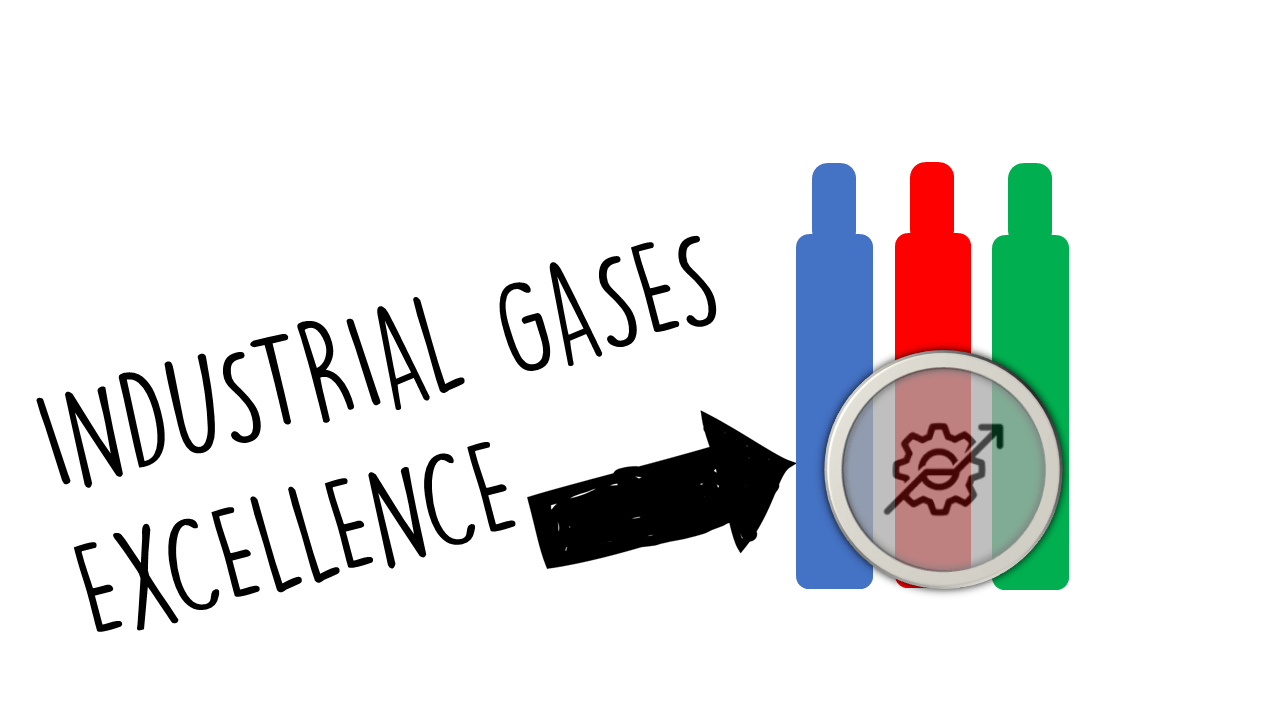The RapidKnowHow Process : Assesssing Investment Leadership
Assessing Investment Leadership > What is the root cause > What are the Main Categories > What are the main subcategories > What are Options for Solutions > What is the feasibility of the solution > Time constraint > Resources required > Expected Effectiveness > Outcome : Ranking of Options from Best to Worst > Conclusion > Get started
AI
Certainly! Here’s a structured approach to assessing investment leadership, including causes, categories, subcategories, solutions, and a ranking of options from best to worst.
Assessing Investment Leadership
1. What is the Root Cause
- Lack of Clear Vision: Uncertainty in investment strategy and objectives.
- Insufficient Expertise: Leadership may lack necessary skills or industry knowledge.
- Poor Communication: Ineffective communication between leaders, teams, and stakeholders.
- Resistance to Change: Inability to adapt to market conditions or innovate.
- Inadequate Performance Metrics: Lack of clear criteria to measure success.
2. What are the Main Categories
- Strategic Vision
- Expertise and Skills
- Communication and Collaboration
- Change Management
- Performance Metrics and Accountability
3. What are the Main Subcategories
- Strategic Vision
- Short-Term vs. Long-Term Focus
- Alignment with Organizational Goals
- Expertise and Skills
- Industry Knowledge
- Analytical Skills
- Leadership and Management Skills
- Communication and Collaboration
- Internal Communication
- Stakeholder Engagement
- Change Management
- Adaptability to Market Changes
- Innovation Policies
- Performance Metrics and Accountability
- Key Performance Indicators (KPIs)
- Feedback Mechanisms
4. What are Options for Solutions
- Develop a Clear Strategic Plan
- Engage stakeholders for input.
- Invest in Training and Development
- Upskill leadership and team members.
- Enhance Communication Protocols
- Implement regular updates and feedback loops.
- Foster a Culture of Innovation
- Encourage experimentation and reduce fear of failure.
- Establish Rigorous Performance Metrics
- Create clear and measurable KPIs.
5. What is the Feasibility of the Solutions
- Develop a Clear Strategic Plan: High; requires time and commitment.
- Invest in Training and Development: Medium; budget-dependent but high return on investment.
- Enhance Communication Protocols: High; can be implemented with existing resources.
- Foster a Culture of Innovation: Medium to High; depends on organizational culture.
- Establish Rigorous Performance Metrics: High; mostly requires existing data and effort.
6. Time Constraint
- Develop a Clear Strategic Plan: 3-6 months.
- Invest in Training and Development: 6-12 months ongoing.
- Enhance Communication Protocols: Immediate to 3 months.
- Foster a Culture of Innovation: 6-12 months ongoing.
- Establish Rigorous Performance Metrics: 3-6 months, with ongoing adjustments.
7. Resources Required
- Develop a Clear Strategic Plan: Leadership time, facilitation resources.
- Invest in Training and Development: Training budget, external trainers, time.
- Enhance Communication Protocols: Communication tools and practices, internal resources.
- Foster a Culture of Innovation: Resources to support pilot projects and experimentation.
- Establish Rigorous Performance Metrics: Analytical tools, personnel to develop and track KPIs.
8. Expected Effectiveness
- Develop a Clear Strategic Plan: Very Effective; provides direction.
- Invest in Training and Development: Highly Effective; builds competencies.
- Enhance Communication Protocols: Effective; improves collaboration.
- Foster a Culture of Innovation: Effective; encourages creativity.
- Establish Rigorous Performance Metrics: Very Effective; ensures accountability.
9. Outcome: Ranking of Options from Best to Worst
- Invest in Training and Development
- Develop a Clear Strategic Plan
- Establish Rigorous Performance Metrics
- Enhance Communication Protocols
- Foster a Culture of Innovation
Conclusion
Improving investment leadership requires a multifaceted approach focused on strategic planning, skill development, effective communication, and accountability. Investing in training has emerged as the most beneficial solution, followed closely by developing a clear strategic plan.
By addressing the root causes identified, organizations can enhance their investment leadership effectiveness significantly.
Get Started
- Form a Leadership Task Force: Assemble a diverse team to oversee the assessment and implementation.
- Conduct a SWOT Analysis: Analyze strengths, weaknesses, opportunities, and threats concerning investment leadership.
- Schedule Workshops: Organize sessions to identify specific training needs.
- Clarify Strategic Goals: Facilitate discussions among key stakeholders to define clear strategic objectives.
- Implement Feedback Systems: Set up mechanisms for ongoing feedback and adjustments.
This structured approach lays the groundwork for enhancing investment leadership and achieving better organizational outcomes.




